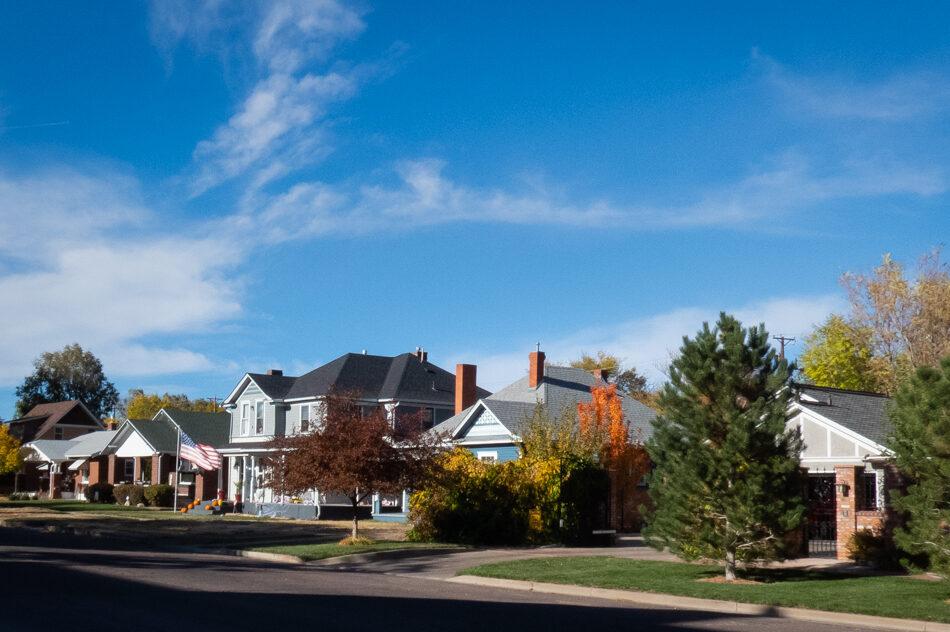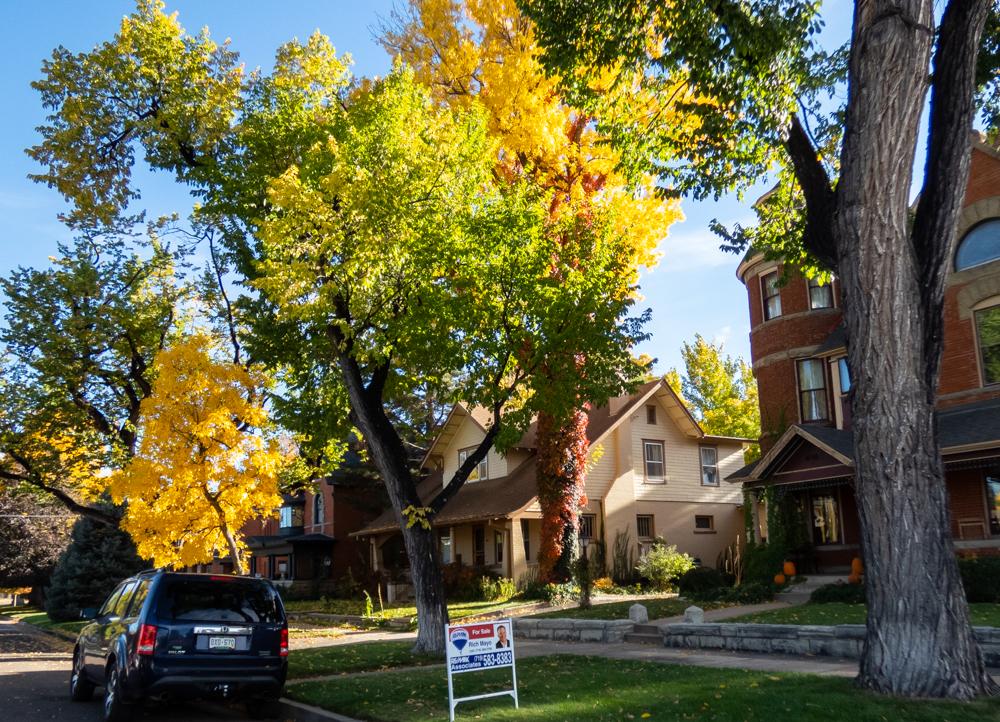
Pueblo is growing, and it’s changed from a region with lots of affordable homes to yet another place where housing is tight. A recent study looked at the current and future needs for housing in the Pueblo area.
There’s been a marked increase in demand for homes during the last year, but supply hasn’t increased much during the last decade according to Bryan Gallagher, who directs the city of Pueblo’s housing department.
“That’s driving costs higher and higher and making it tougher for families to compete for this supply of housing,” he said.
Growth along the whole Front Range including Colorado Springs and Denver is much of what’s driving housing demand in Pueblo.
“Half of the projected growth is attributed to households and families coming from out of the county,” he said. “Generally, people are looking for a more affordable place to live or they're relocating to Pueblo for employment. They're choosing typically the north side of Pueblo or Pueblo West, for commuting if they are working in Colorado Springs or Denver.”
The study, which was a collaboration between the city, county and Pueblo West, also showed that a lot of the growth is driven by millennials looking for affordable first homes and baby boomers who are looking to downsize into retirement homes.
More than half of renters in the city of Pueblo are considered cost-burdened, which means they pay more than 30 percent of their income for housing.
“At the very bottom of the income brackets, where people can afford about $375 a month for housing, the city is short about 3800 units,” Gallagher said, “while on the other side of the income spectrum, the city is short about 7800 units of housing valued at about $1,875 a month or more.”
Pueblo’s growth “unfortunately, is felt harder in the lower income brackets,” Gallagher said. “It's pretty significant, any increase in rent, any additional pressure has a very high magnitude of impact.”
Gallagher added that home builders cannot profitably produce a new unit that would rent for the low-end price range on the private market. He said it will be challenging to meet that need, which will require development subsidies, low-income housing tax credit projects, additional public housing and expansion of housing vouchers and possibly allowing accessory dwelling units, or ADUs.

ADUs are additional small units on the property of an existing single-family home, for example converting a garage into an apartment.
The shortage of homes in the high end of the market also causes more pressure for residents in the middle and lower-income brackets, according to the study, because people who may be able to afford more end up in more modest housing, making it more competitive for others.
“So strangely, by building market-rate housing or even expensive housing, it alleviates pressure in the affordable housing sector,” said Gallagher.
After the recession, 2009 real estate prices had fallen so low that it was cheaper to buy an existing home in Pueblo, so builders cut back, according to Gallagher, especially in the higher end of the housing market.
“The simplest way to encourage building on the upper-end market is to streamline the process so that a developer can get their project moving with as little regulatory barriers as possible,” he said. “The easier we can make it, the more they're going to want to do it. And that's what we need. We need the units to solve this shortage just to level off the market.”
Gallagher said the city has created a centralized contact point for developers.
"It's going to bring the county, the city and all the respective utilities together in one location so that you can bring your project, have all your questions answered at one time and know which way you're going when you walk out the door.”
Pueblo County's economic development potential cannot be realized without building housing, according to Gallagher, because affordable, appealing housing is critical for employers to recruit workers. He said economic development, community development and housing need to be balanced.








